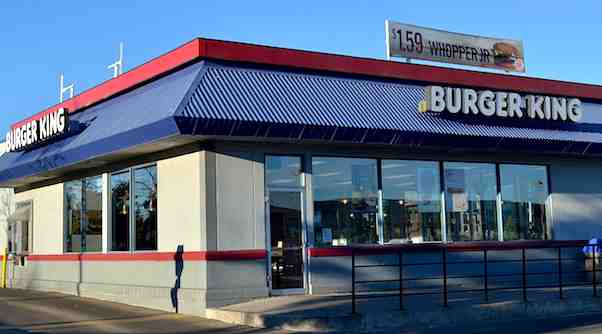
Burger King’s mission statement and vision statement define foodservice goals, strategies, and operations. The company’s mission statement represents the business purpose and foodservice characteristics, such as pricing, service, and ambiance. Burger King’s vision statement relates to organizational development and business excellence objectives for quick-service restaurant operations. Business capabilities and competitive advantages, like the ones enumerated in the SWOT analysis of Burger King, are used to attain the company’s mission and vision. The mission statement and the vision statement of Burger King direct the business organization toward long-term leadership and success in the fast-food restaurant market.
Burger King’s mission statement and vision statement guide strategic formulation for the company’s quick-service restaurant chain. The mission and vision position the business against competitors, such as McDonald’s, Wendy’s, KFC, Subway, and Arby’s, as well as Dunkin’, Starbucks, and Tim Hortons. These companies saturate the foodservice market and maintain a strong competitive force in the industry, as stated in the Five Forces analysis of Burger King.
Burger King’s Mission Statement
Burger King’s mission is “to offer reasonably priced quality food, served quickly, in attractive, clean surroundings.” This mission statement describes the fast-food business. The main points in Burger King’s mission statement are:
- Reasonable prices
- Quality food
- Quick service
- Attractive and clean surroundings
Reasonable prices contribute to the competitiveness of the company’s products, such as chicken nuggets and Whopper sandwiches. This point of the mission statement guides the pricing strategy and related market-based goals stated in Burger King’s marketing mix (4P). However, the main selling point shown in this mission statement is the quality of food and drinks, along with the speed and efficiency of service. Quality and speed are factors that keep diners coming back to the company’s restaurants, and define Burger King’s generic strategy, intensive growth strategies, and related competitive advantages. Also, the attractiveness and cleanliness of the surroundings add to the ambiance that attracts consumers.
Business policies and franchising rules based on Burger King’s mission statement are applied to achieve consistency in prices, food and beverage quality, service speed, ambiance, and facility design throughout the restaurant chain. Following the points of this corporate mission statement brings Burger King’s fast-food business toward the achievement of its corporate vision statement’s goals and objectives.
Burger King’s Vision Statement
Burger King’s vision is “to be the most profitable QSR business, through a strong franchise system and great people, serving the best burgers in the world.” This vision statement directs the company to achieve leadership in the global quick-service restaurant (QSR) industry. The main points in Burger King’s vision statement are:
- Most profitable QSR business
- Strong franchise system
- Great people
- Best burgers in the world
Burger King’s vision statement shows that the company aims to achieve the leading position in the industry. As one of the biggest quick-service restaurant chains in the world, the company has a strong potential to be the most profitable in the industry. This vision statement also indicates that Burger King uses a franchise system, which facilitates international business growth.
On the other hand, “great people” implies human resource development strategies for the purpose of maximizing workers’ potential for their benefit and for the benefit of the restaurant chain. This point of the vision statement guides Burger King’s organizational culture (company culture) in nurturing greatness and related core values among employees.
In relation to Burger King’s corporate mission statement’s point on quality, the corporate vision statement specifies “the best burgers” to attract customers and maintain one of the biggest market shares in the industry. The external factors outlined in the PESTLE/PESTEL analysis of Burger King determine the criteria for evaluating burgers and other menu items.
Burger King’s vision statement establishes the strategic direction toward global market leadership and relates to the business purpose and qualities that reflect the business characteristics described in the company’s mission statement.
References
- About Burger King.
- Kyriakopoulos, P., & Tittel, A. (2025). Personal Values, Core Competencies, Entrepreneurial Vision, and Mission. In Technology Entrepreneurship in Theory and Practice (pp. 67-73). Routledge.
- Malheiros, C., Gomes, C., Lima Santos, L., & Campos, F. (2025). Monitoring revenue management practices in the restaurant industry – A systematic literature review. Tourism and Hospitality, 6(1), 44.
- Rau, D., Flores, L., & Simha, A. (2025). Strategic planning best practices: Strengthening the planning-performance relationship. Management Decision, 63(3), 1100-1119.
- Restaurant Brands International Inc. Form 10-K.
- Restaurant Brands International Inc. Supporting Policies and Reports.
- U.S. Department of Agriculture – Economic Research Service – Food Service Industry Market Segments.